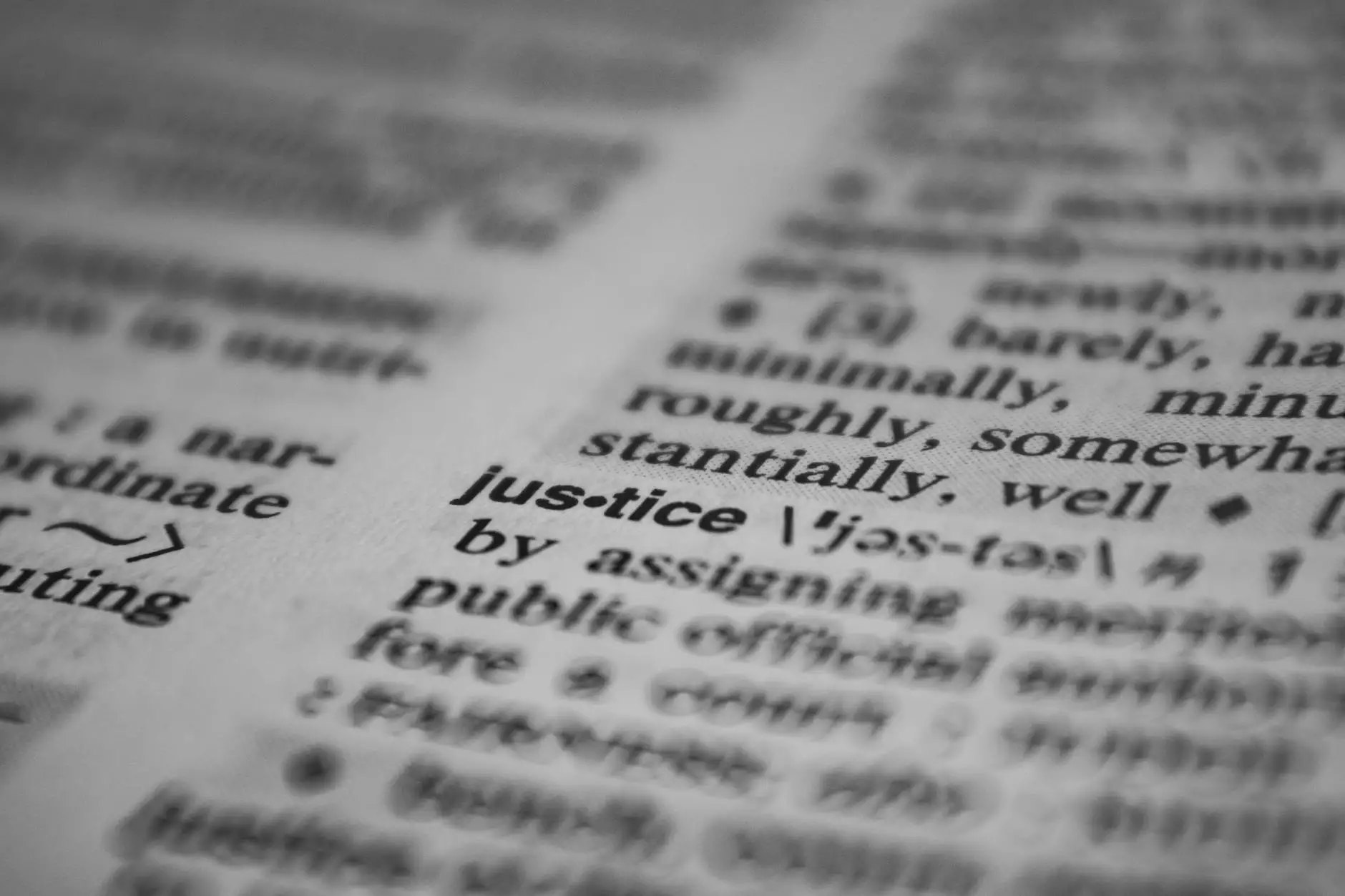Write an Outstanding Reaction Paper in APA Style

Introduction
Welcome to The Knowledge Nest, your ultimate resource for learning how to write an outstanding reaction paper in APA style. In this comprehensive guide, we will provide you with valuable insights, tips, and step-by-step instructions to help you create a high-quality and well-structured reaction paper that will impress your readers.
Understanding APA Style
Before we delve into the specifics of writing a reaction paper, it's important to have a clear understanding of the APA (American Psychological Association) style. APA style is widely used in the social sciences and is known for its specific guidelines on formatting, citing sources, and organizing written works.
Key Elements of a Reaction Paper
A reaction paper is a critical response to a particular text, article, book, or any other piece of literature. When writing a reaction paper, there are several key elements that you need to keep in mind:
- Summary: Start your reaction paper with a brief summary of the text you are reacting to. Provide enough information to give your readers a clear idea of what the text is about.
- Analysis: After summarizing the text, delve into a detailed analysis of its content. Discuss the author's main ideas, arguments, and evidence. Offer your own insights and interpretations, supported by solid evidence.
- Impact: Reflect on the impact the text has had on you personally and intellectually. Did it change your perspective? Did it resonate with your own experiences? Discuss how the text has affected you and why.
- Critical Evaluation: Provide a critical evaluation of the strengths and weaknesses of the text. Identify any logical fallacies, biases, or gaps in the author's argumentation.
- Connection to Course Material: If you are writing a reaction paper for a specific course, make sure to connect the text to the themes, concepts, or theories discussed in the course. Show the relevance of the text to the course material.
- APA Formatting: Ensure that your reaction paper adheres to APA formatting guidelines in terms of font, margins, spacing, and citation style.
Step-by-Step Guide for Writing a Reaction Paper
Step 1: Read and Understand the Text
Before you can write an effective reaction paper, it is crucial to read and thoroughly understand the text you are reacting to. Take notes, highlight important points, and make sure you have a solid grasp of the author's main arguments and ideas.
Step 2: Write a Summary of the Text
Begin your reaction paper with a concise summary of the text. Summarize the main points, key arguments, and supporting evidence presented by the author. Be objective and provide enough information to give your readers a clear understanding of the text's content.
Step 3: Analyze the Content and Organize Your Thoughts
After summarizing the text, delve into a detailed analysis of its content. Identify the author's main ideas, arguments, and evidence. Evaluate the effectiveness of the author's arguments and discuss any counterarguments. Organize your thoughts and supporting evidence to create a well-structured reaction paper.
Step 4: Include Personal Reflections and Reactions
A reaction paper is not merely a summary or analysis; it also requires your personal reflections and reactions to the text. Discuss how the text impacted you personally and intellectually. Did it challenge your beliefs? Did it inspire you? Share your genuine thoughts and emotions.
Step 5: Evaluate the Strengths and Weaknesses
In this step, critically evaluate the strengths and weaknesses of the text. Identify any logical fallacies, biases, or gaps in the author's arguments. Provide examples and evidence to support your evaluation. Remember to be fair and balanced in your critique.
Step 6: Connect the Text to Course Material
If you are writing a reaction paper for a specific course, make connections between the text and the course material. Discuss how the text relates to the themes, concepts, or theories covered in the course. Demonstrate your understanding of the course material and its application to real-world examples.
Step 7: Revise and Proofread Your Paper
Once you have completed your reaction paper, take the time to revise and proofread it. Check for any grammar or spelling errors. Ensure that your paper flows well and that your arguments are coherent and supported by evidence. Make any necessary improvements to enhance the overall quality of your paper.
Conclusion
Congratulations! You now have all the necessary tools and guidance to write an outstanding reaction paper in APA style. Remember to follow the guidelines we've provided, organize your thoughts, and express your ideas clearly and concisely. By incorporating your personal reflections, thoughtful analysis, and adherence to APA formatting, you will create a reaction paper that stands out. Embrace the opportunity to showcase your critical thinking skills and contribute to the academic and intellectual discourse within your field of study.
About The Knowledge Nest
The Knowledge Nest is a leading online platform dedicated to fostering knowledge and learning in various fields. As a hub for comprehensive educational resources, we aim to empower individuals to enhance their skills and excel in their academic and professional endeavors. Our team of experts is committed to providing valuable insights, guides, and tips to help our community thrive. Join The Knowledge Nest today and unlock your true potential!










